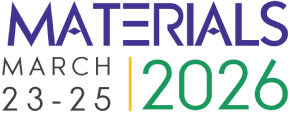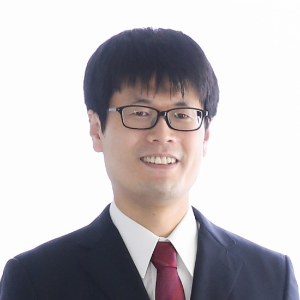Title : Dissimilar metal joining of magnesium alloy and aluminium alloy by laser roll welding
Abstract:
In recent years, a material hybrid structure has been proposed in which magnesium alloys and aluminum alloys are placed in the right places in order to reduce the weight of transportation equipment. However, when different metals are fusion-welded, the formation of brittle intermetallic compounds at the joint interface causes the problem of reduced joint strength. Therefore, in this study, we tried to apply the laser roll welding process – a method developed by Kutsuna et al., which is effective for joining dissimilar metals. At that time, welding was performed by changing the welding conditions, and the influence of the welding conditions on the joint strength and the structure formed at the joint interface was discussed. The laser roll weldability of magnesium alloy JIS MP-AZ31B and aluminum alloy JIS A5052P was evaluated by changing the arrangement of the materials, laser power, and welding speed. Under the conditions which magnesium alloy was the upper sheet, welding was possible at a welding speed of 30 mm/s or less at a laser power of 1.5 kW and at a welding speed of 35 mm/s or less at 2 kW. On the other hand, under the conditions which aluminum alloy was the upper sheet, it was possible to join at a welding speed of 25 mm/s or less at a laser power of 1.5 kW and at 35 mm/s or less at 2 kW. The thickness of the upper sheet became thinner after welding. The decrease in the sheet thickness was more remarkable when the welding speed was low, and the thickness was thicker as the welding speed is high. The maximum tensile strength of the joint in this study is 72.6 N/mm. There were two types of fractures after the tensile test: interfacial fracture and fracture in the upper sheet of the weld. The strength was higher at the interface fracture.
Audience Take Away Notes:
- Audience will understand the overview of laser roll welding, which is effective for joining dissimilar metals
- Audience will understand the laser roll weldability of magnesium alloy and aluminum alloy.
- The adoption of dissimilar metal joints will increase the freedom of product design



